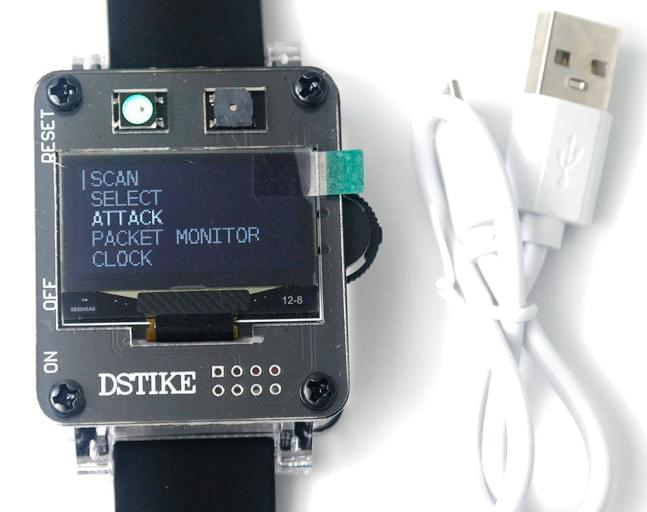According to a report by AI experts, the internet is set to be overrun by AI-generated content in just a few years. Will this ruin content for the rest of time?
A study by Europol, The European Union Agency for Law Enforcement Cooperation, claims that AI will be more prominent than human-made content very soon. The study explains that the vast expansion of AI tools means that we’ll have to deal with more AI-generated content than human-made content.
In the report, it’s claimed that humanity will be flooded with “synthetic media”. This is a new term for media that is fully generated by artificial intelligence programs, fuelled by bots designed to pump out as much content as possible.








